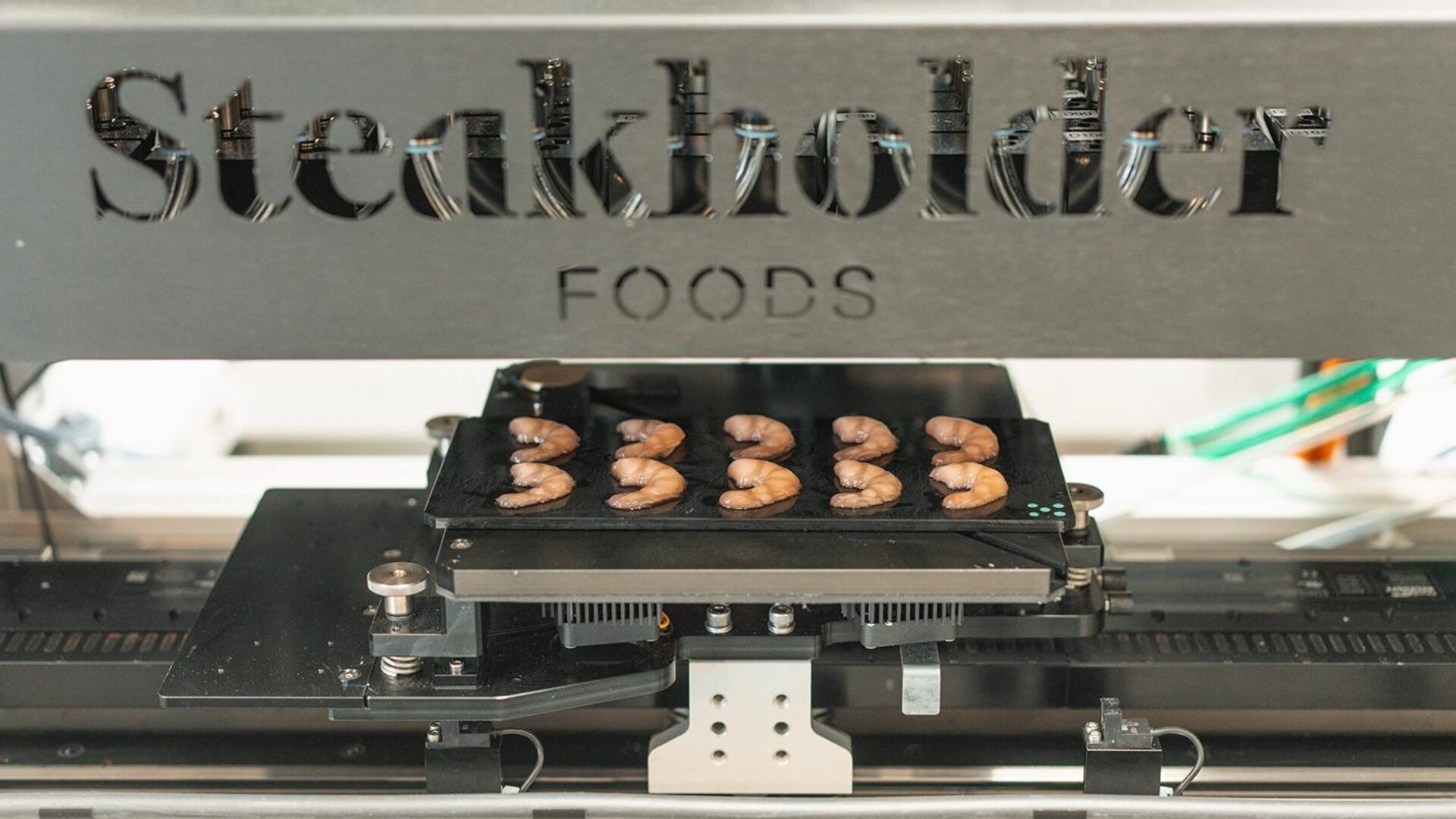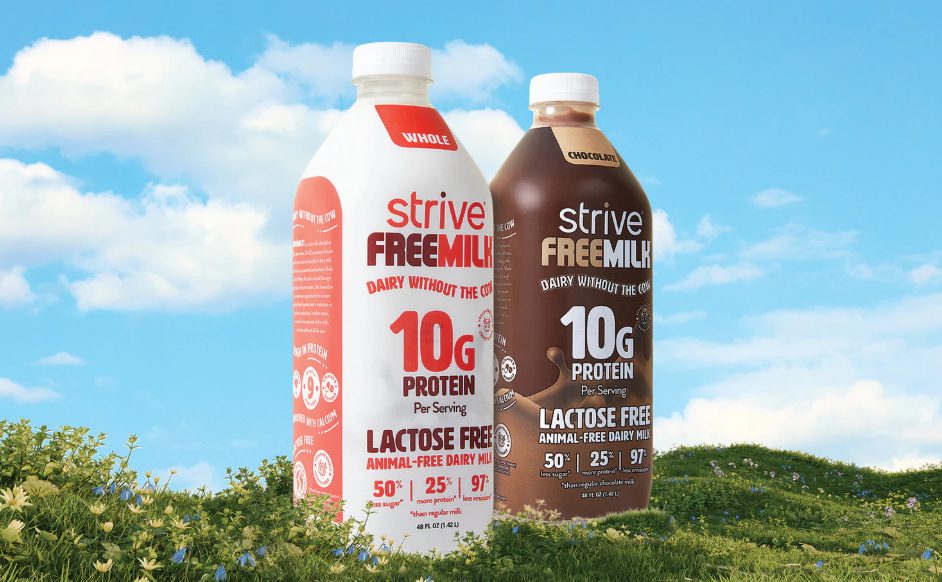Steakholder Foods is leading the charge in additive manufacturing for the food industry. Over the past 12 months, the food tech innovator has unveiled several “world’s first” 3D-printed food innovations, including cuts of grouper, steak, eel, and most recently, plant-based shrimp.
Along with pushing the boundaries of plant-based innovation, the Israeli-based B2B company has been actively laying strategic groundwork for robust distribution and global market penetration.
In July 2023, Steakholder formed a multi-million-dollar agreement with Gulf Cooperation Council governmental body to advance food security efforts through the application of its 3D-printing technology. Seven months later, the company finalized its first private-sector commercialization agreement with Wyler Farms, one of Israel’s leading alternative protein manufacturers.
“Our distribution strategy is designed to maximize market reach by engaging with diverse sectors, including retail and foodservice, to ensure our plant-based products are available across a broad spectrum of outlets,” Arik Kaufman, CEO of Steakholder Foods, told The Food Institute. “The focus on strategic locations, particularly in regions receptive to innovative food technologies, aligns with our goal to establish a strong presence in markets that prioritize sustainability and food innovation.”
The Food Printing Process
While 3D technologies have traditionally been applied for prototyping, Steakholder has successfully adapted these technologies to develop industrial-scale printers that meet the standards of the food industry.
The machines utilize both DropJet and Fusion technologies and a proprietary blend of nutritional raw materials to recreate the authentic textures found in traditional animal-based foods.
“NutriBlend serves as the innovative material, or ‘ink,’ enabling the printers to produce a range of plant-based products,” said Kaufman. “It is a result of careful selection and combination of ingredients to ensure the final products offer an exceptional balance of taste, texture, and nutritional benefits.”
The major benefits of using 3D printing for plant-based analogs include a high degree of customization and the ability to produce a diverse range of products that mimic the flavors and textures of traditional meat and seafood products.
Whole-cut seafood items like shrimp and eel can only be produced with 3D printing technology, said Kaufman. “Moreover, the use of 3D printing compared to traditional ways of producing plant-based products is rather low since there is no loss of raw materials.”
Preliminary Reception and Challenges
Utilizing 3D printing technologies in the food industry is far from simple.
“Scaling up food printing demands extensive planning, particularly in ensuring the hygiene of all printer systems,” said Kaufman. “This planning must facilitate the daily cleaning of the machines to prevent contamination.”
The company also faces significant hurdles as it seeks out food manufacturers looking to expand their portfolios to plant-based products.
“The biggest challenges include overcoming consumer skepticism about the health issues and safety of 3D-printed foods, educating the market on the benefits and processes involved, and competing with traditional and other alternative protein sources.”
However, Kaufman believes the overall benefits outweigh the challenges.
“Anyone who tastes our products is overwhelmed by the taste and texture and how similar it is to the genuine product,” he said, adding that to appeal to consumers who prioritize whole or natural ingredients, it’s important to communicate the benefits of the process.
“On a large scale, 3D food printing can significantly reduce food waste, allow for customization according to preferences, and potentially reduce the environmental impact of food production compared to conventional meat production methods,” said Kaufman.
Market Outlook
On the heels of its plant-based shrimp trial in February, Steakholder Foods expects to sell and deliver its first DropJet printer in 2024.
Steakholder has also marked several milestones in cultivated meat production and plans to use plant-based materials as the platform for cultivated biomass as economies of scale develop to enable price-competitive cell development.
Given the high costs and regulatory approval that accompany cultivated meat production, providing a specific launch date for the hybrid products is challenging. The company’s overall goal, however, is to enable manufacturers to sell the final products in a price parity with animal-based equivalents within the next few years.
“We believe that our products can compete with animal-based products not only in terms of taste and texture, but also in terms of price,” Kaufman concluded. “We are constantly working on reducing our production costs and optimizing our processes.”
Steakholder Foods is listed on the Nasdaq Capital Market under the ticker “STKH.”











